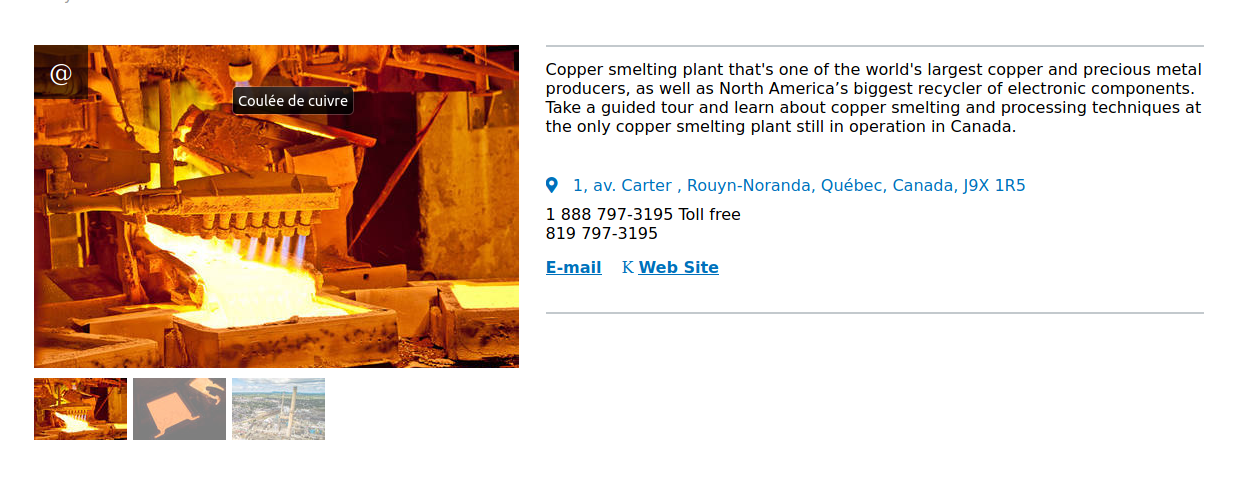
Originally Posted by
greenmetal

@JJinLV @mthomasdev
Guys, this is really useful feedback, thanks a lot. 3 more questions...

- What are the best cost-effective techniques you guys use to pre-sort your cable?
- Once it goes through the granulation system, is it too late to separate? (i.e magnetism or acids)
- What defines #1 and #2 when it comes to Cu granules?
Let me start by saying I don't have a system, but have a good knowledge of them. I sell to a company that processes alot of wire and other copper bearing material. They build thier own equipment and also sell it. There is at least one member that has one of thier systems.
Pre sort would be by eye.
You can seperate copper from aluminum after, but I'm not aware of a way to pull out tinned copper.
Look up the ISRI definitions of number 1 and number 2 wire nodules and talk with your buyer. I don't believe size makes a difference.







 Register To Reply
Register To Reply













Bookmarks